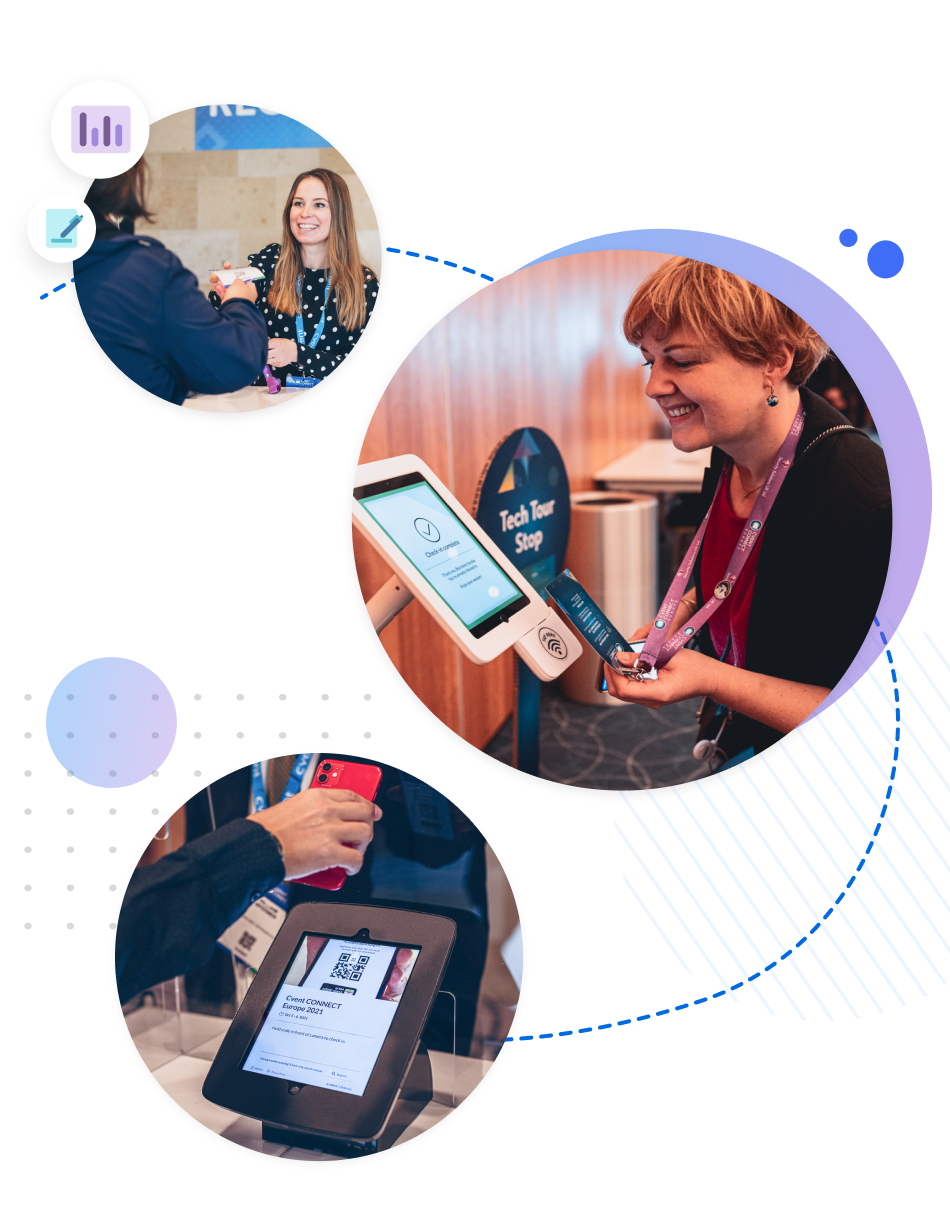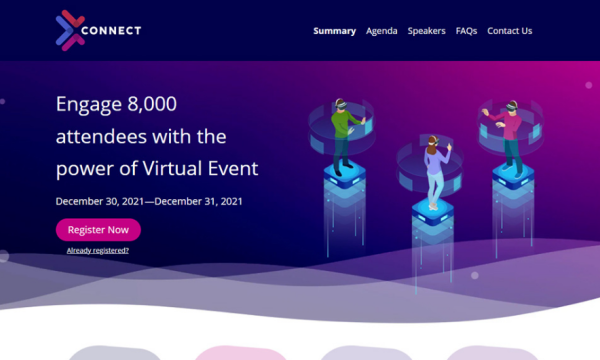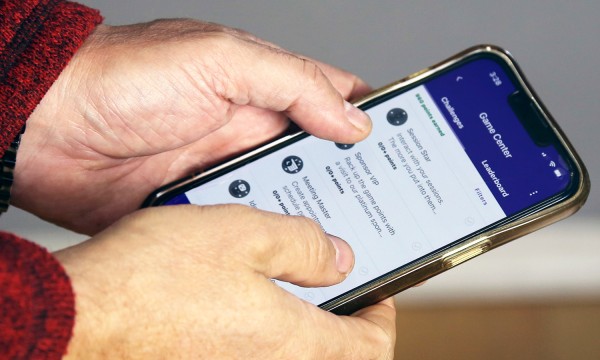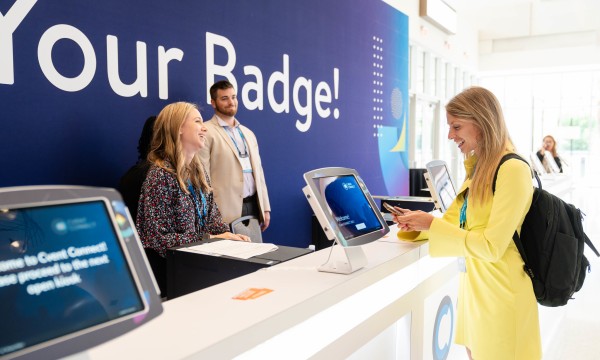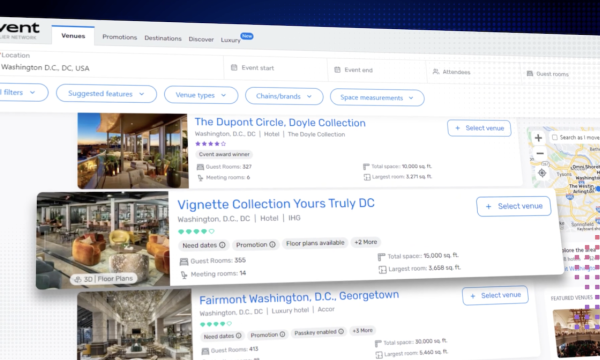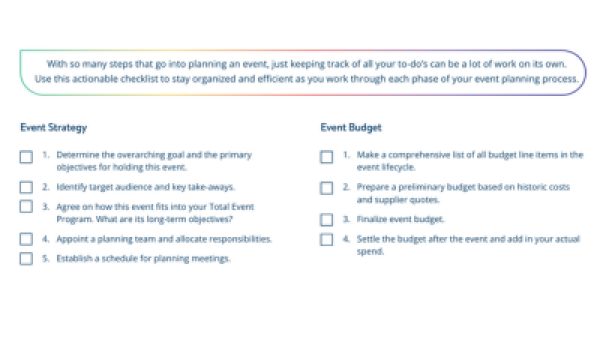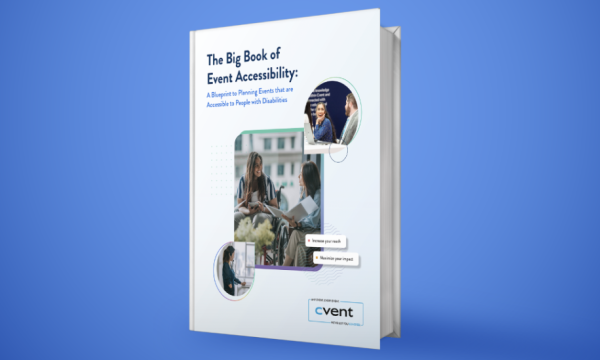Any event. Every event. Cvent has you covered.
Registration and marketing
Hit your target with beautiful event websites and a built-in registration tool that sends reminders, drives conversions, and builds excitement.
Mobile event app
Give attendees always-on engagement in the palm of their hands with the Attendee Hub Mobile App, connecting them to one another and event content.
Check-in and badging
Skip the lines with a QR code or digital wallet for a fast, contactless experience. Pay fees and preview and edit name badges quickly.
Venue sourcing and design
Easily find and create the perfect space for any event. You’ll have the power to send eRFPs to over 300,000 venues.
Hear what our customers have to say

Siemens
Siemens more than doubled their event registration and tracked an 83% attendance rate, easily surpassing industry benchmarks.
- 2x increase in registrations
- 83% attendance rate
- $400K total cost savings

InXpress
InXpress generated 2x its average sponsorship revenue and scheduled dozens of 1:1 appointments.
- 1,500 check-ins virtually and onsite
- 165+ app downloads
- $45K in sponsorship revenue

Deutsch Family Wine & Spirits
Deutsch saw 100% event app adoption, in-app engagement during the event, and a 75% survey response rate.
- 35% increase in registrations
- $200K saved in labor costs
- $375K in room block savings

